TaxTactics March 2014
The Tax Ins and Outs of Employee Fringe Benefits
Many taxpayers associate the term “fringe benefits” with minor forms of compensation, such as employee achievement awards or holiday gifts. But they also include more substantial benefits, such as health insurance and dependent care assistance. Taken together, fringe benefits can be a significant component of compensation and a tool for attracting, motivating and retaining talented employees.
But the tax treatment of fringe benefits is complex and often misunderstood. To avoid unpleasant tax surprises, it’s important for employers and employees alike to familiarize themselves with the rules.
Exceptions that prove the rule
The IRS defines “fringe benefit” as “a form of pay for the performance of services.” This broad definition encompasses many forms of compensation that are subject to a wide variety of rules, restrictions and limits.
Despite this complexity, you can avoid tax mistakes so long as you remember one important rule: A fringe benefit is considered taxable compensation to an employee — subject to income and payroll taxes — unless the tax code or regulations say otherwise.
Fortunately for employers and employees, a number of fringe benefits are fully or partially excluded from an employee’s income, yet still deductible by the employer as a business expense. (For a list of common benefits treated this way, see the sidebar “Tax-free fringe benefits.”)
Rules for owner-employees
C corporation stockholders who are also employees generally are entitled to the same tax-free fringe benefits as other employees. But owner-employees of pass-through entities — such as S corporations, partnerships and limited liability companies (LLCs) — are treated differently. Special rules apply to S corporation shareholders who own more than 2% of the company’s stock (or “2% shareholders”), partners, and members of LLCs taxed as partnerships. Usually, these owners are subject to tax on the following fringe benefits:
- Accident and health benefits,
- Group term life insurance,
- Contributions to Health Savings Accounts and cafeteria plans,
- Employee achievement awards,
- Meals and lodging furnished for the employer’s convenience,
- Qualified transportation benefits,
- Adoption assistance, and
- Moving expense reimbursements.
For other fringe benefits that are typically tax-free to employees, there is generally equivalent treatment for 2% shareholders, partners and LLC members. That is, fringe benefits are deductible by the employer and tax-free to the owner-employee.
What about sole proprietors? For the most part, they aren’t treated as employees for fringe benefit purposes, although they may be entitled to tax deductions for many expenses.
Watch out for family attribution rules
When determining whether an S corporation owner is a 2% shareholder, it’s important to consider the family attribution rules. Under those rules, an individual is treated as the owner of stock held by his or her spouse, children, grandchildren and parents.
Suppose that a few years ago Adam owned 100% of the stock of an S corporation. In connection with his succession and estate plans, he transferred 99% of the stock to his daughter, Anna, and made her president of the company. Adam continues to work in the business and is covered by the company’s health insurance plan, which pays his $1,000 per month premium.
Under the family attribution rules, Adam is deemed to own 100% of the company’s stock (his 1% plus Anna’s 99%) for purposes of the 2% rule. As a result, $12,000 in annual health insurance premiums is included in his taxable income (although he may be entitled to a self-employed health insurance deduction for income tax purposes).
Get help
The tax treatment of fringe benefits is complicated. In addition to the rules discussed here, these benefits are subject to other rules and restrictions that vary depending on the specific benefit.
For example, some benefits (such as health insurance) are taxable to pass-through owners for income tax purposes but not for payroll tax purposes. And some benefits must be provided on a nondiscriminatory basis — that is, without favoring highly compensated employees. Also, tax regulations provide detailed guidance on the valuation of certain benefits for tax purposes. So, if you have any doubt about how to treat fringe benefits for tax purposes, consult your tax advisor. •
Tax-free fringe benefits
Following are examples of tax-free fringe benefits (subject to the special rules for pass-through owners discussed in the main article):
- Accident and health benefits,
- Pension and profit-sharing plans,
- Group term life insurance (up to $50,000),
- Dependent care assistance,
- Educational assistance (up to $5,250 per year),
- Contributions to Health Savings Accounts and cafeteria plans,
- Retirement planning services,
- Employee discounts on the employer’s products or services,
- Noncash employee achievement awards (up to $1,600 under a qualified plan, $400 otherwise),
- Meals and lodging furnished on the business premises for the employer’s convenience,
- Qualified transportation fringe benefits,
- On-premises athletic facilities,
- Adoption assistance,
- Moving expense reimbursements,
- Working condition fringe benefits — that is, items that employees could deduct as business expenses if they paid them — such as business use of a company car or company-provided cell phone, or education expenses to improve their job skills, and
- De minimis (minimal) fringe benefits.
Contact your tax advisor for more information on these tax-free benefits.
This material is generic in nature. Before relying on the material in any important matter, users should note date of publication and carefully evaluate its accuracy, currency, completeness, and relevance for their purposes, and should obtain any appropriate professional advice relevant to their particular circumstances.
Share Post:









